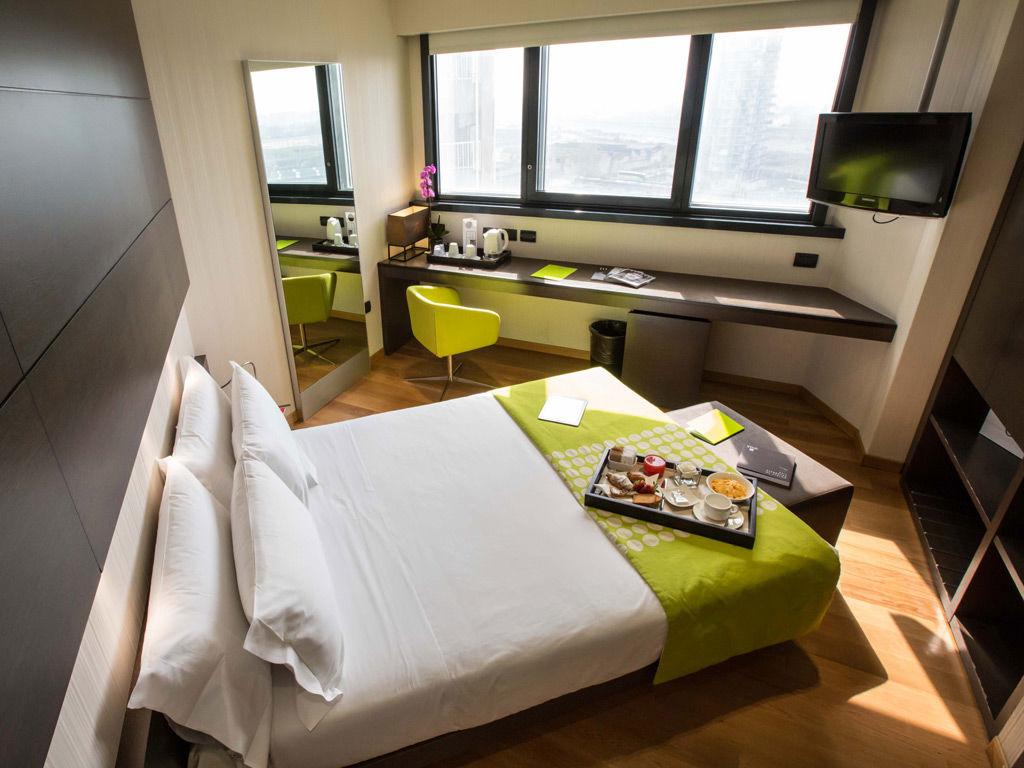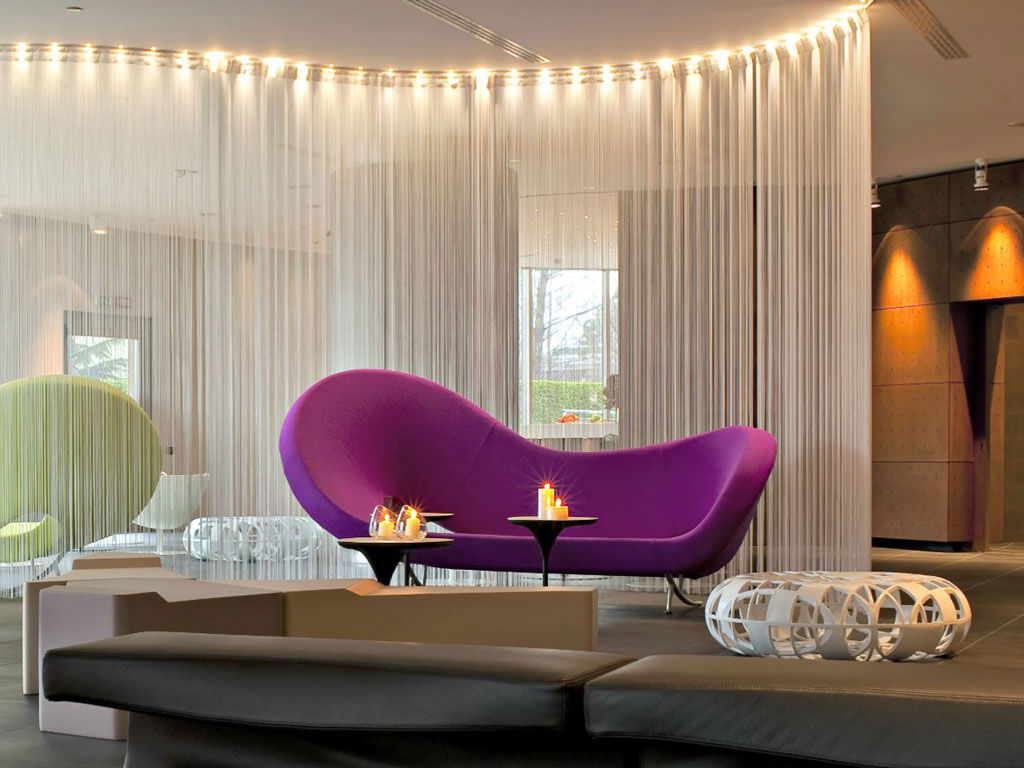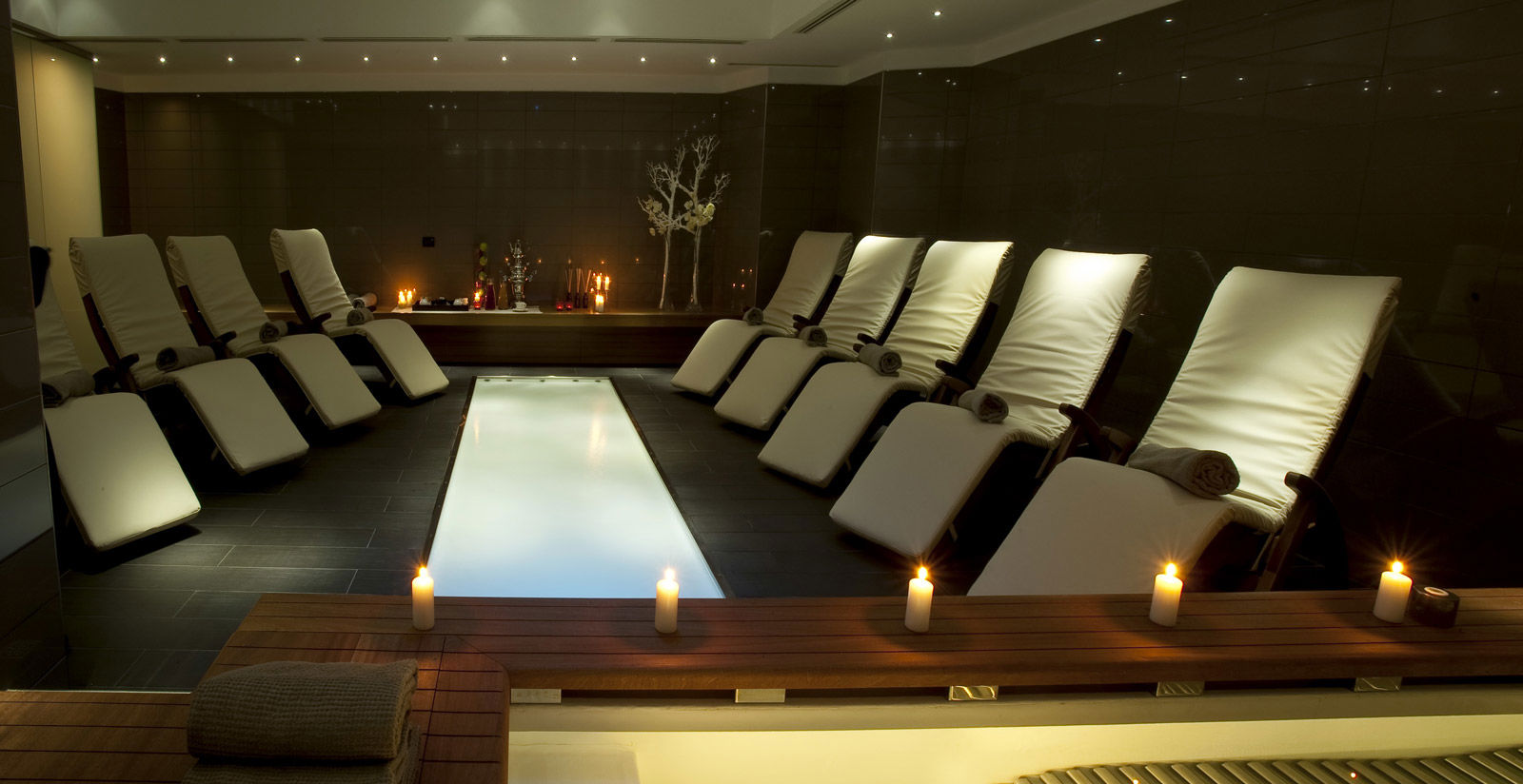The Hub Hotel in Milan offers 162 rooms, Comfort Superior and Deluxe, decorated with design details and hi-tech functionalities.



The Hub Hotel provides an important meeting center with 9 meeting rooms, which offer natural light and a total capacity of 600 people.
The special window on the cuisine allows the customer to watch the preparation of traditional recipes,
especially from Milan and the Lombard region.

The Hub Hotel offers a free access rooftop fitness center, an indoor pool, free shuttle service, and free charging stations for electric cars.

When using satellite based navigation – GPS please insert VIA PRIVATA POLONIA, Milan, or the following coordinates: latitude 45 ° 30’ 47.57’’ longitude 9 ° 07’ 08.97’’)
discover moreFrom Malpensa Airport take the train MALPENSA EXPRESS until Cadorna Station(approx.35 minutes -ticket's rate: € 11,00), switch with Metro Red Line - Direction Rho Fiera/Molino Dorino - and get off at Molino Dorino station. As soon as you arrive at Molino Dorino station just call the hotel (tel: +39 02 78627000) and we will send you our shuttle service to pick you up.
discover more